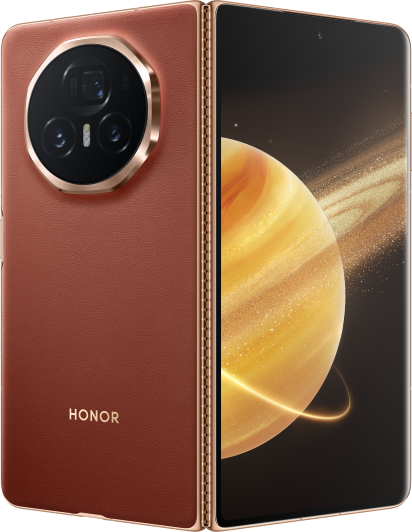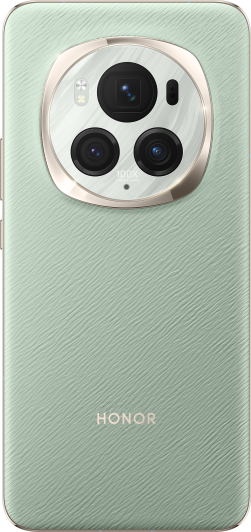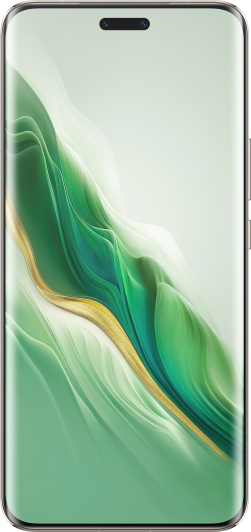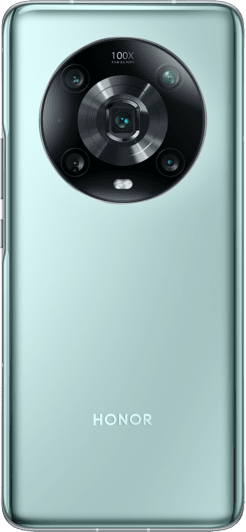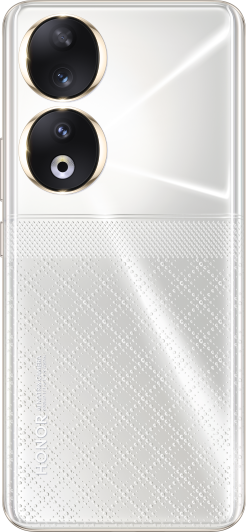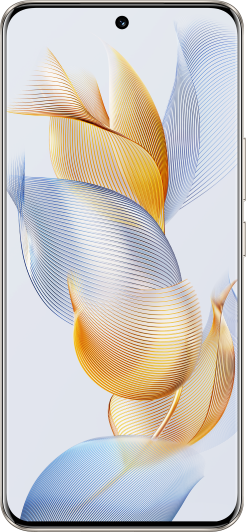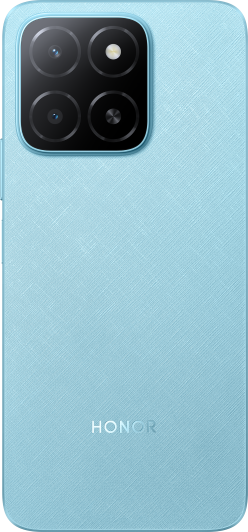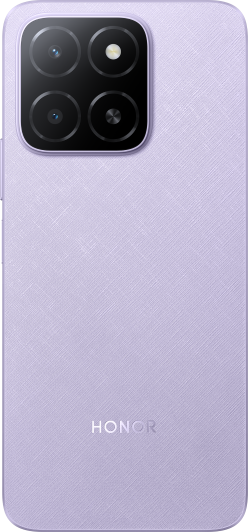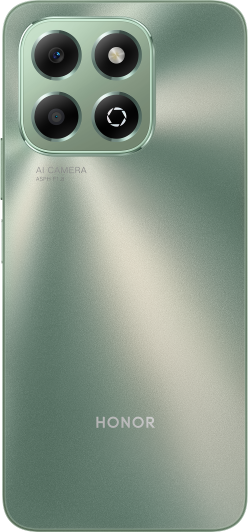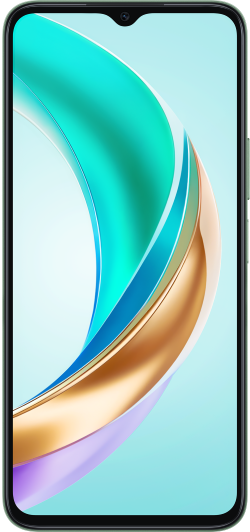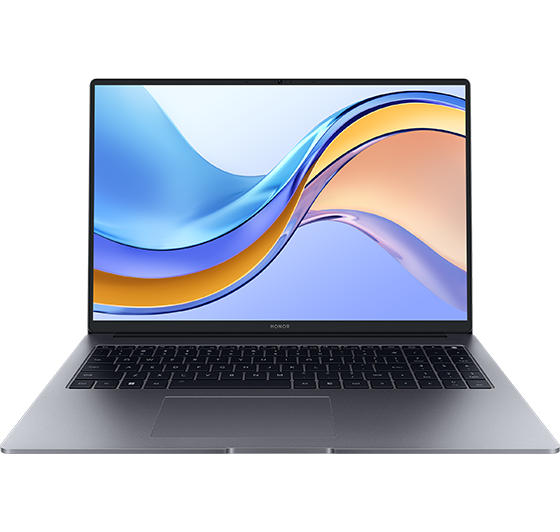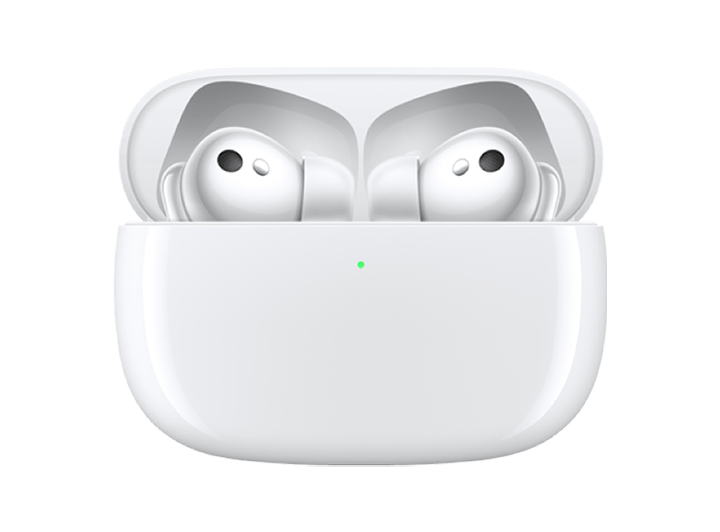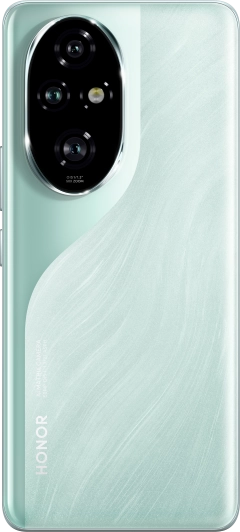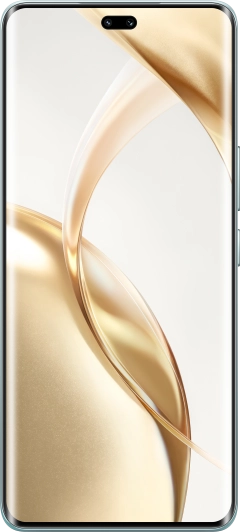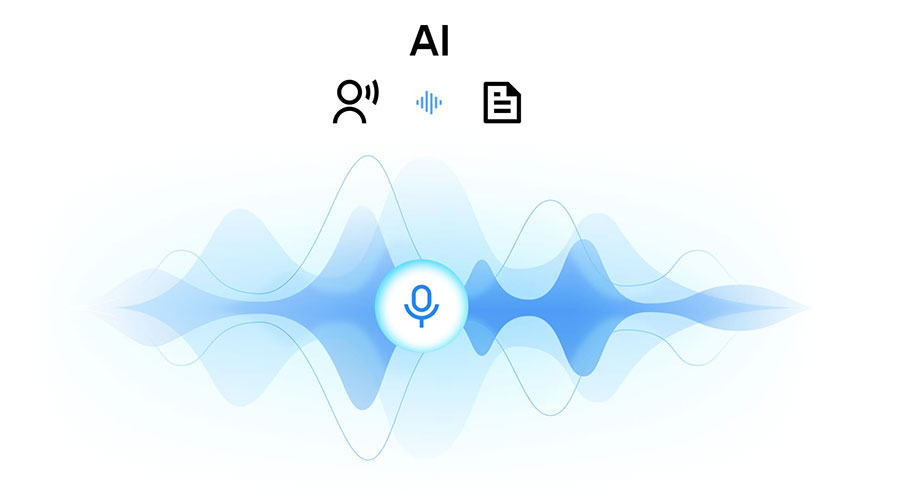TOP

我的荣耀 开启荣耀之旅
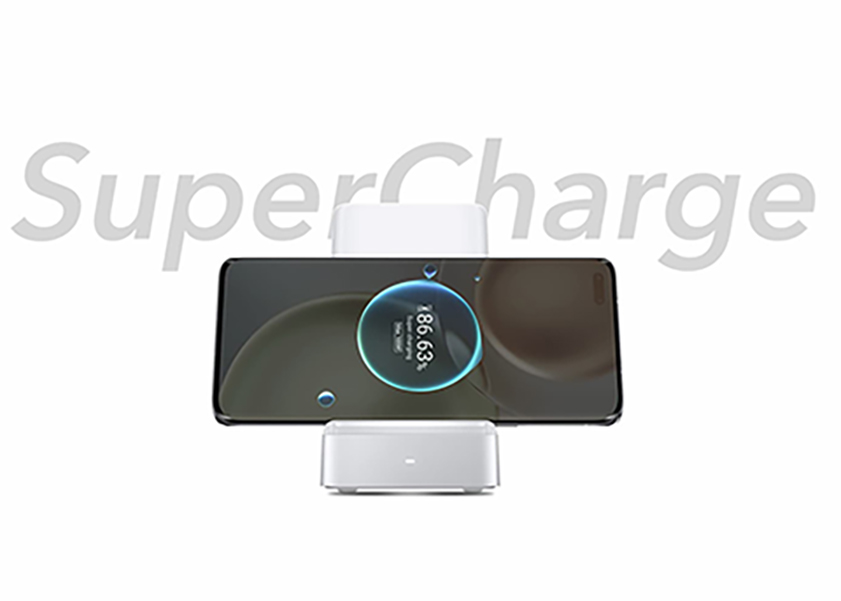
Why Is Wireless Charging So Slow? (Causes and Solutions)
Wireless charging has become a ubiquitous feature in modern smartphones. The ability to simply place your phone on a pad and watch it recharge, devoid of tangled cords and constant plugging in and out, is nothing short of revolutionary. However, despite its apparent advantages, many users often wonder, "Why is wireless charging so slow?" In this guide, we'll dive deep into the mechanics of wireless charging, uncovering the reasons behind its slower pace and providing practical tips on how to speed up the wireless charging process. Let's get started!
How Does Wireless Charging Work on Your Phone?
Wireless charging eliminates the need for cables by using electromagnetic induction to transfer energy from a charging pad to your smartphone. This process involves two main components: a transmitter coil in the charging pad and a receiver coil in your phone.
When you place your phone on the pad, the pad's coil generates an oscillating magnetic field. This field induces an electrical current in the phone's coil, which is then converted into the direct current (DC) that charges the battery.
Why Is Wireless Charging Usually Slow?
Now that we've explored the underlying principles, let's find out "Why does wireless charging take so long?" Here are several factors in its design and operation contributing to this problem:
Efficiency Losses
Wireless charging commonly exhibits slower speeds due to efficiency losses inherent in the technology. Energy transfer between the charging pad and the device involves a conversion process, and during this transformation, some energy is dissipated as heat. This inefficiency is particularly noticeable when the distance between the charging coils on the pad and the device increases or when there is misalignment. As a result, the effective power reaching the device for charging is reduced, contributing to slower charging times compared to wired alternatives.
Moreover, various factors, such as the charging pad's design, the number of charging coils, and the overall system architecture, can impact efficiency. Advances in technology aim to mitigate these losses, but they still play a role in the slower nature of wireless charging.
Heat Management
Another factor contributing to the relatively slow pace of wireless charging is the need for effective heat management. As energy is transferred wirelessly, it generates heat, which can be detrimental to both the device and the battery. To prevent overheating and maintain optimal performance, devices often implement temperature regulation mechanisms that can reduce charging speeds.
Power Limitations
Wireless charging faces inherent power limitations compared to traditional wired methods. The technology's current state imposes constraints on the amount of power that can be wirelessly transmitted. Consider our HONOR Magic5 Pro smartphone as an illustration. Equipped with a substantial 5100mAh battery, this device can support 66W fast wired charging, yet its fast wireless charging capability is limited at 50W.
This is partly due to the need to maintain safe levels of electromagnetic emissions and to manage heat generation. While wired chargers can efficiently handle higher power transfers directly to the device's battery, wireless systems must balance power delivery with safety and efficiency considerations, resulting in slower charging times.
How to Speed Up the Wireless Charging Process?
While wireless charging may not yet match the speeds of wired charging, there are several effective strategies to enhance its efficiency. Let's delve into some practical tips:
Use a High-Power Charger
To speed up the wireless charging process, selecting a high-power charger that matches your device's maximum supported wireless charging speed is crucial. For instance, our HONOR Magic4 Pro comes with a 100W inbox adapter, capable of delivering up to 80W in wireless output when paired with our HONOR SuperCharge wireless charger. However, with a 135W adaptor, it can support an impressive maximum wireless charging power of 100W.
Optimize Charging Conditions
The environment and setup of your charging station can greatly influence the speed of wireless charging. Ensuring optimal conditions includes removing any cases or accessories that might interfere with the charging process. Some materials, especially metals and thicker cases, can block or reduce the efficiency of electromagnetic induction.
Proper placement of your device on the charging pad is essential. Align it accurately with the charging coils to ensure efficient power transfer. Keeping the charging pad and your device in a cool, well-ventilated area also helps minimize heat buildup, which can slow down charging.
Minimize Heat Generation
Excessive heat can compromise the effectiveness of wireless charging and harm your device's battery life. To minimize heat generation, avoid using thick cases that can trap heat during charging for your wireless charging phones. Additionally, maintain proper ventilation around the charging area. If your device tends to get warm during charging, consider charging it in a cooler environment. Modern wireless chargers include fans or cooling systems to dissipate heat, so consider choosing a model with such features for faster charging.
Conclusion
Overall, the question of why wireless charging is so slow stems from several technical and practical challenges. Wireless charging, despite its innovative approach to power delivery, faces hurdles such as efficiency losses, heat management difficulties, and power limitations that inherently slow down the process. However, implementing high-power chargers, optimizing charging conditions, and minimizing heat generation can collectively contribute to a faster and more efficient wireless charging process. By following these tips, you can enhance the speed and efficiency of your wireless charging experience while maintaining the longevity of your device's battery.
FAQ
How long should wireless charging take?
Wireless charging time can vary significantly depending on the power capacity of the wireless charger, the battery size of the device being charged, and the efficiency of both devices. For example, a standard wireless charger with an output of around 5 watts may take 3 to 4 hours to fully charge a smartphone with a typical battery size, while the 100W HONOR Wireless SuperCharge can recharge the HONOR Magic4 Pro, which has a 4600mAh battery, to 50% in just 15 minutes.
How do I know my wireless charger is working?
Most chargers have an LED light that indicates when they're powered and when a device is charging. Place your device on the charger properly and look for the charging symbol on your device's screen or battery icon or listen for a confirmation sound.
How fast is 10W wireless charging?
10W wireless charging offers moderate charging speeds. With a 10W wireless charger, you can expect to charge a typical smartphone from 0% to 50% in about an hour. This pace, however, is considerably slower when compared to advanced fast wireless charging solutions like 100W HONOR Wireless SuperCharge, which can boost an HONOR HONOR Magic4 Pro's battery from 0% to 50% in a mere 15 minutes.
Does temperature affect wireless charging speed?
Yes, the temperature can significantly affect wireless charging speed. High temperatures can slow down the charging process and potentially damage the battery or the charging device. Similarly, very cold conditions can also reduce charging efficiency. It's best to charge devices within their recommended temperature ranges to ensure optimal charging speed and battery health.
Source: HONOR Club
Consumer hotline
0807777715 Monday to Sunday, 8:00am-8:00pm
za.support@honor.com
We use cookies and similar technologies to make our website work efficiently, as well as to analyze our website traffic and for advertising purposes.
By clicking on "Accept all cookies" you allow the storage of cookies on your device. For more information, take a look at our Cookie Policy.
Functional cookies are used to improve functionality and personalization, such as when playing videos or during live chats.
Analytical cookies provide information on how this site is used. This improves the user experience. The data collected is aggregated and made anonymous.
Advertising cookies provide information about user interactions with HONOR content. This helps us better understand the effectiveness of the content of our emails and our website.


